Last updated: 15 July 2023
A walk along the cobblestone lane ways of Gdansk is like taking a walk through centuries of history. It doesn’t matter where you look, you’ll find something fascinating to capture your imagination, such as one of the world’s largest brick churches or the original standing city gates or even the famous Neptune’s Fountain.
Gdansk’s Old Town
We arrived in Gdansk after spending a few days exploring Warsaw and its Old Town, which we loved and wrote about here. So how could Gdansk ever hope to compete with the wonderful Old Town of Warsaw?
The Old Town in Gdansk is based around the Dlugi Targ (Long Market), the main street and thoroughfare of the city. The route along the Dlugi Targ is also known as the Royal Route, and as you walk along the cobbled streets it’s easy to see why, the architecture of the historical buildings is simply breathtaking. There were times where Roma and I were very content to stand in silence next to one another and absorb the view, that’s how we knew we were standing somewhere special.
See Also: 9 Essential Experiences in Warsaw
The Old Town in both Warsaw and Gdansk share some similarities in that they both sustained substantial damage during World War II leading to a reconstruction effort in the years following. Nowadays it’s difficult to establish which buildings are original and which were painstakingly restored. Clearly this is a testament to the reconstruction teams.
The Royal Route
It doesn’t matter if you’re visiting Gdansk for an afternoon or for a couple of days, the one thing you must do regardless of the time you have is to take a walk from the top of Long Market to the river. It’s here you’re going to be treated to some amazing views and endless photo opportunities. Trust me, don’t miss it.
First Stop: Brama Wyzynna
To start your journey along the Royal Route, make sure you start at Brama Wyzynna (Upland Gate), the main city gate on Wały Jagiellońskie. This is a very impressive gate and formed part of the city’s fortifications from the 16th century. The latin inscription which adorns the gate reads;
Justice and piety are the foundations of all states
Second Stop: Zlota Brama
Once you taken some time to appreciate the original city gate it’s time to head towards the Dlugi Targ and along the way you will encounter the second city gate, the Zlota Brama (Golden Gate).
The Zlota Brama is the second gate on the Dlugi Targ, and what is most impressive is that the gate was originally built for the very imposing building which sits next to it, the immense St George Brotherhood. The building was originally constructed between 1487-1494 by John Glothaua as a prestigious rifle and social club for the city’s elite.
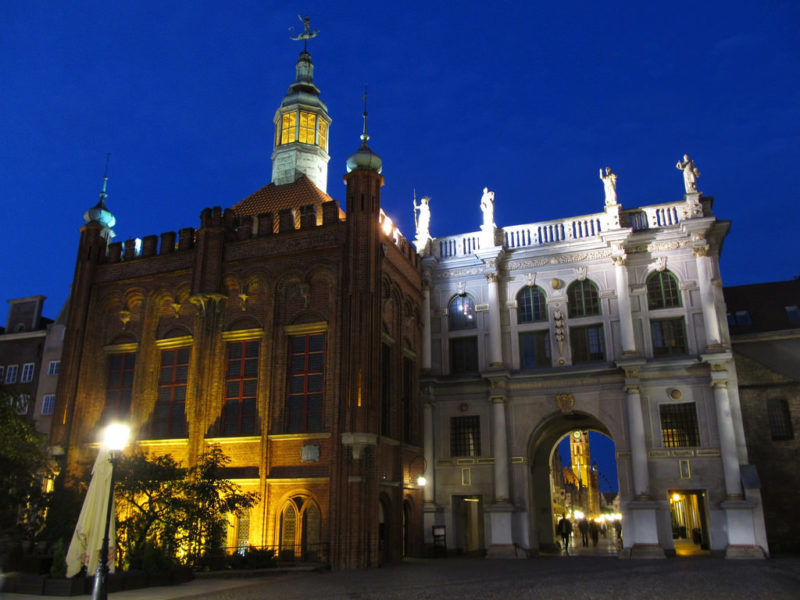
Third Stop: Uphagen House
Once passing through the second city gate, you will come across a large pink (ok, maybe salmon coloured) building, this is Uphagen House. Uphagen House is an 18th century merchant house which gives you the opportunity to explore how the wealthy lived, a rare opportunity as Uphagen House is one of the last remaining merchant houses open to the public in Europe.
Inside we found the most interesting part of our visit to Uphagen House was its history. The house was purchased by Johann Uphagen in 1775 and was passed down through the generations, undergoing renovations through the years, until it was destroyed at the end of World War II during the German retreat. The house was then rebuilt in the years that followed, and finally opened to the public in 1998. Incredible, right?!
Fourth Stop: Neptune’s Fountain
A visit to Neptune’s Fountain in Gdansk is just as important as a visit to Manneken Pis when visiting Brussels, it’s just something you have to do when in town.
Neptune’s Fountain is a very popular attraction for both locals and visitors alike. Be prepared to wait for the crowds to dissipate and find the best camera angle. It’s worth it because the fountain with the redbrick Rathaus in the background is pretty impressive.
The fountain underwent a series of stages from 1605 to 1615; planning, sculpting, and casting before being officially unveiled to the public in 1633. As with most of Gdansk, the fountain sustained damage during World War II and was restored after the war.
In 1998, something interesting happened. It turned out that even if you were the Roman God of the Sea, you didn’t have the right to parade your private parts in public so Neptune’s nether regions were covered with a fig leave….
Fifth Stop: Green Gate
As you reach the end of your amble along the Dlugi Targ (Long Market), you will be treated to one of the most impressive buildings in the whole of Gdansk, the Green Gate. This beautiful looking water gate stands on the banks of the River Motlawa was built between 1568-1571 on the site of the ancient Koga Gate.
The Green Gate was originally built to serve as the entrance to the formal residence of the Polish monarchy however it was only used once for this purpose. Situated above the passages in the Green Gate are the following symbols; the eagle of the Prussian kings, the symbols of Poland, Gdansk, and Royal Prussia.
The Green Gate is also home to an office of former President of Poland and leader of the Solidarity movement, Lech Walesa, which is reason alone to go visit. Today, the Green Gate is home to the National Museum where various exhibitions, meetings, conferences take place.
St Mary’s Church
Once you’ve finished your stroll down the famous Long Market, take a left down Ponczosznikow and head back around to one of the true icons of Gdansk, St Mary’s Church.
St Mary’s Church, formerly known as Basilica of the Assumption of the Blessed Virgin Mary (wow, no wonder they changed it…) is the world’s third largest brick churches only the San Petronio Basilica in Bologna and the Frauenkirche in Munich are larger.
Now, just how large is the world’s third largest brick church? Well, the inside is so large that it has room for 25,000 people! Keep that in mind during your next visit to all church and think about how many people could fit inside….
When visiting St Mary’s take some time out the front and take photos, check out the bronze scale model as well, it’s the one guaranteed way to make sure you can fit everything in the one shot. Then when you’re ready, head inside.
Once inside you have the option of standing at the back and take photos but I suggest paying the entry fee of 4zl and explore the church. You don’t really appreciate just how large this church is until you try to take a photo from floor to ceiling…I’m pretty sure I was as close to laying on the floor in order to capture this image.
Visitors to the church have the option of climbing the 405 steps up the 78 meter tower to reach the viewing platform overlooking the city. You will need to purchase a separate ticket to climb the tower but it’s a small fee of about £1.
Read More: Discover the charm of Gdansk
As you make your way through the church, if you head towards the back on the left side you will see a large painting depicting The Rapture. It’s quite an intense painting and the church has placed some seating in front of it so you can take a moment and appreciate the artist’s rendering of what the final days may look like. Roma and I spent our time trying to determine whether we’d ascend or stay behind with those who were naughty…
Final Thoughts
Gdansk may not be widely known for it’s awe-inspiring Old Town but after spending some time exploring, it should be. Gdansk’s Old Town was one of the most surprising and beautiful places we travelled during our Polish adventure and not only did we learn an incredible amount of history, take some wonderful photos, but we came to appreciate this special and undervalued jewel in the Polish tourist crown.
Do yourself a favour and spend time exploring Gdansk’s Old Town, you won’t regret it.
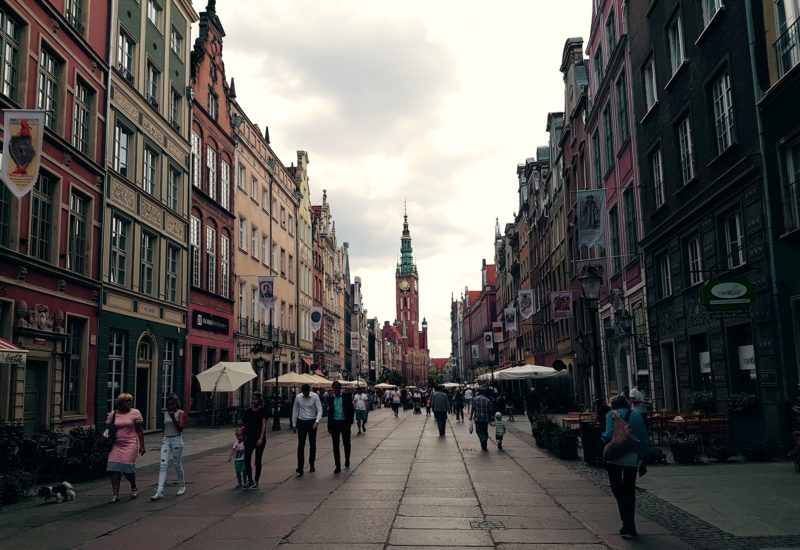
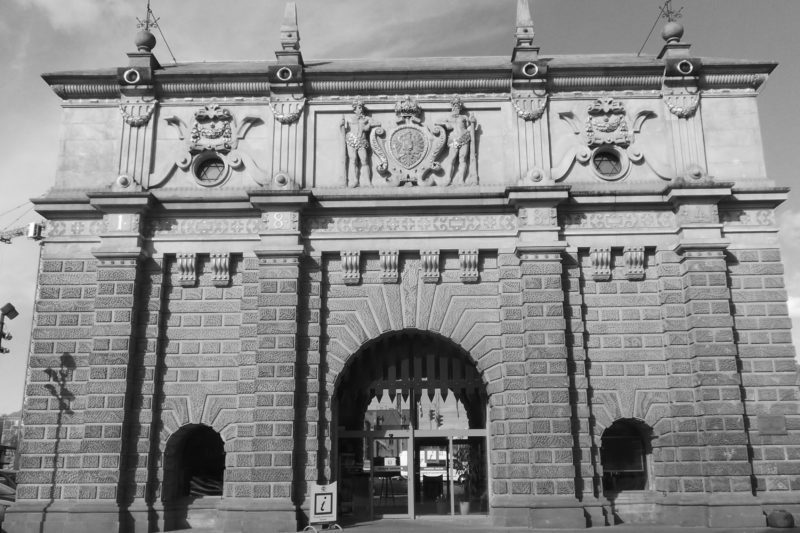
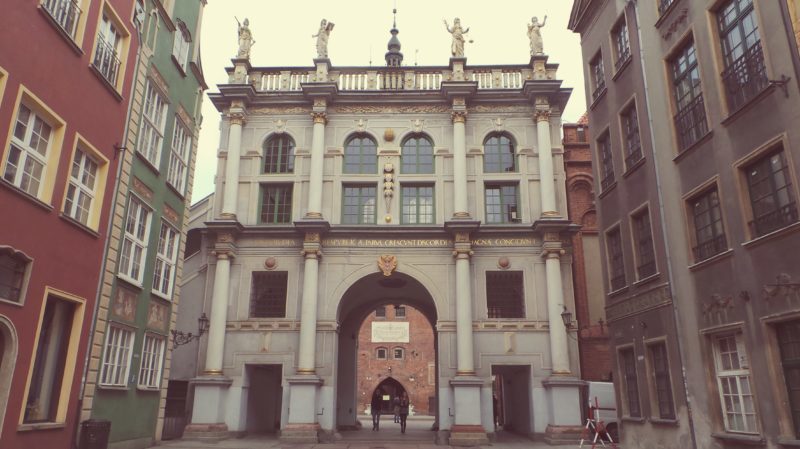
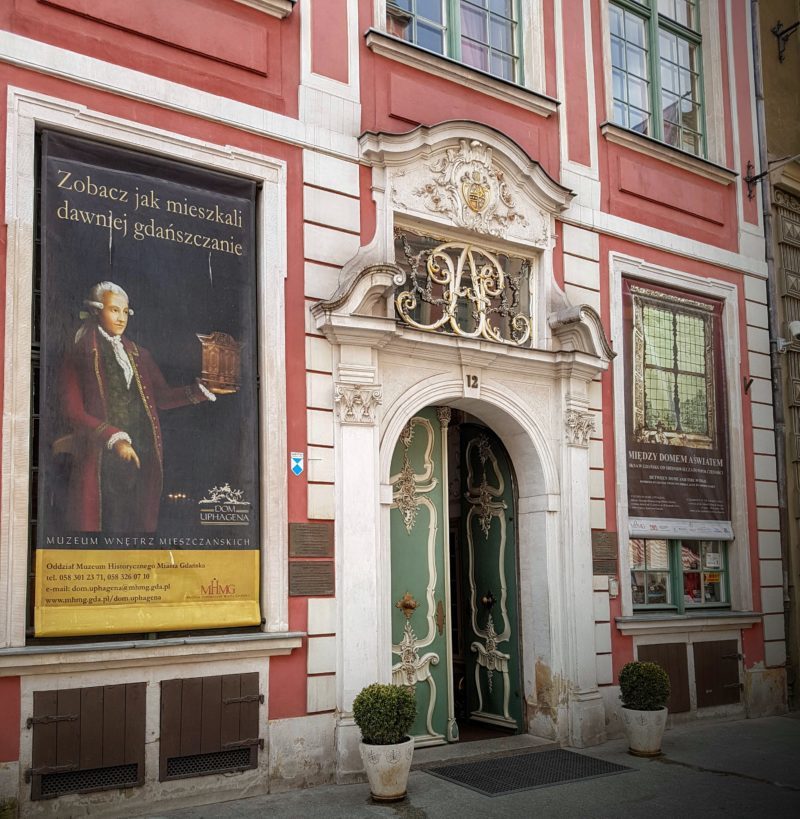
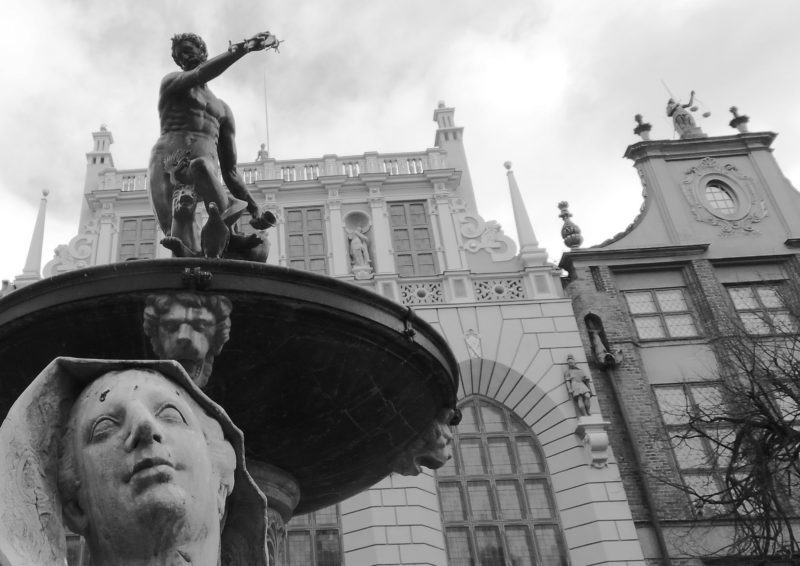
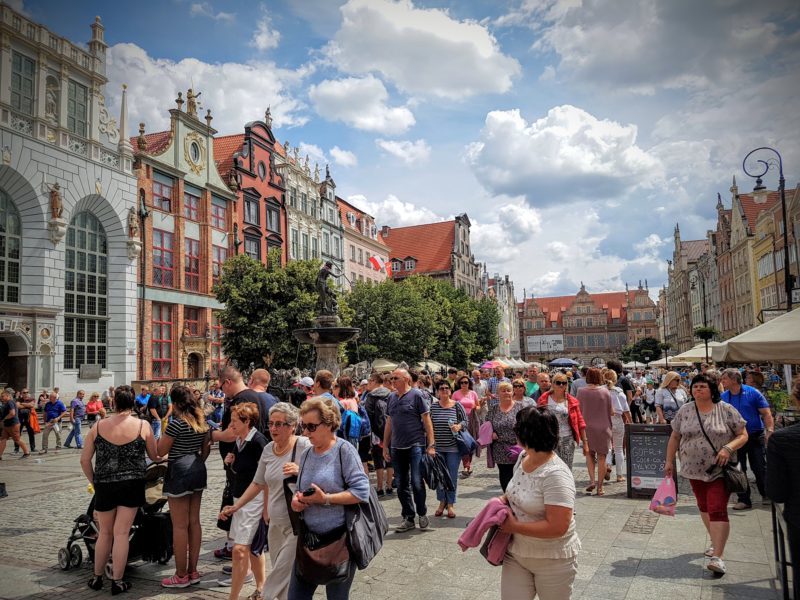
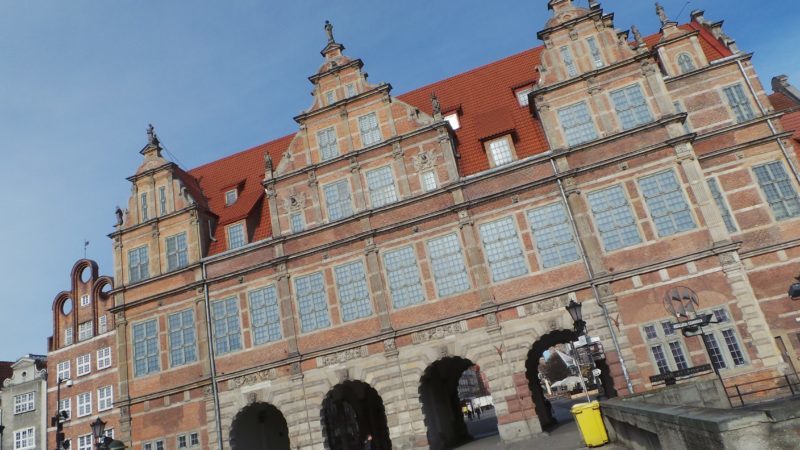
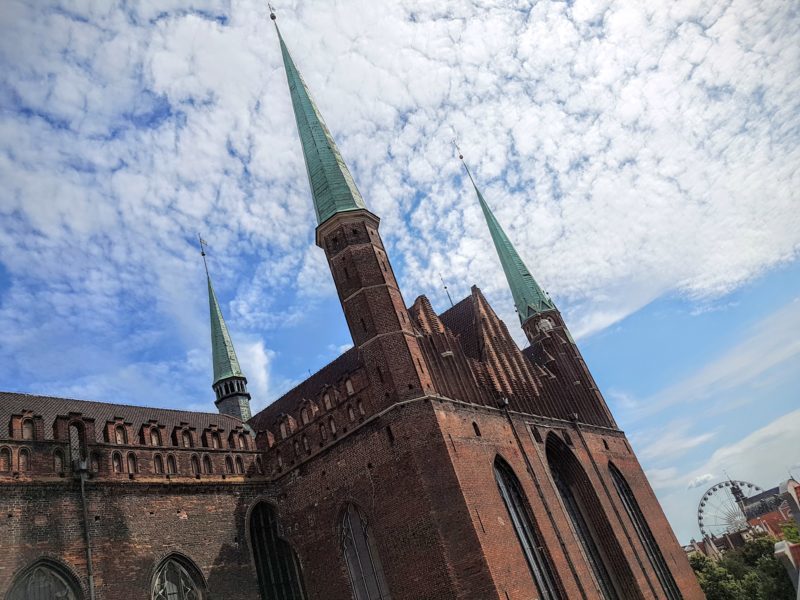
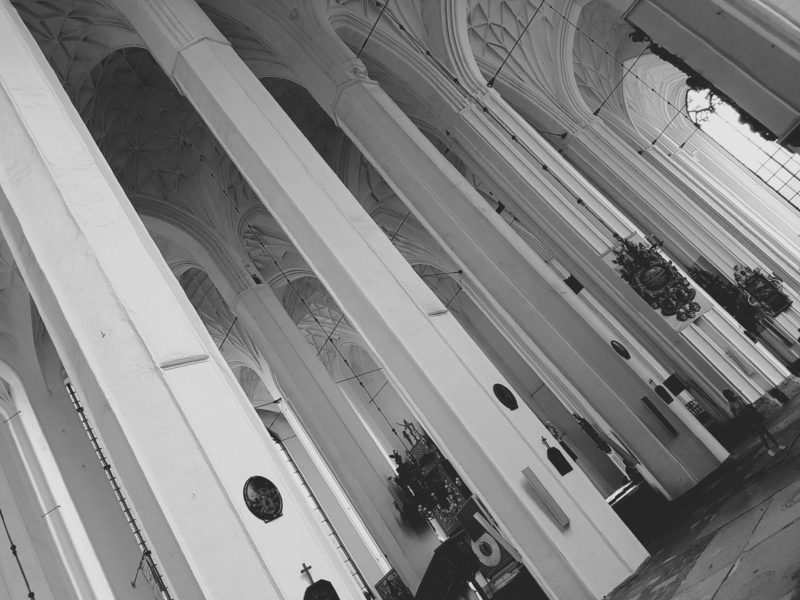
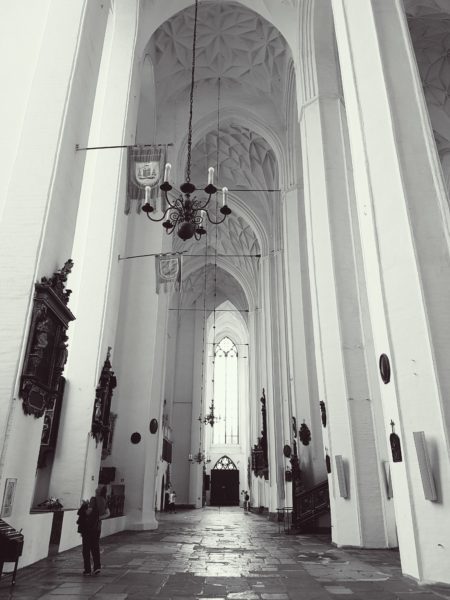
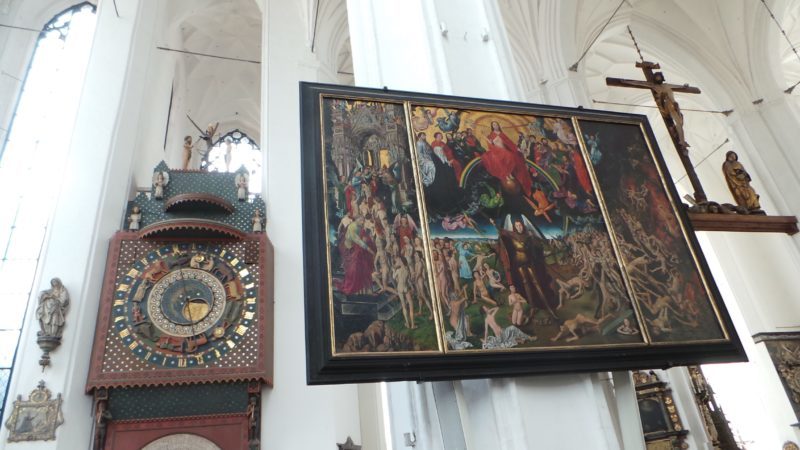
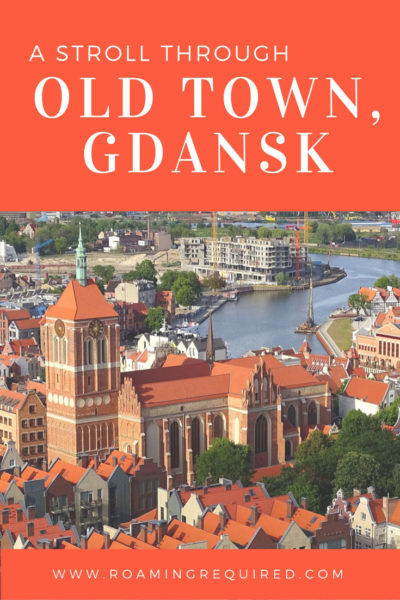
Next time you should also visit the shipyard and Gradowa Hill! Great post 🙂
Great tips thank you. I will add Gradowa Hill for our next trip to Gdansk.
This town has been on our list for a long time. I guess can\’t go wrong with a place that knows how to run nice (rifle and) social clubs tehe..
I think you’d both absolutely lovely visiting Gdansk, Stefan. It has so much history on offer, really scenic places to visit (you have to love a city by the water) and then there’s the food too! When you do go please let me know because I will be following along online with great interest.
Thanks so much for the lovely comment, Siggi!
From one history nerd to another, I am hearing you loud and clear 😊 You must be so excited about moving to southeast Germany, there must be a tonne of history just waiting to be discovered!
Definitely visit Gdansk, you’ll love it
Beautiful photographs! I saw your recent post on Gdansk and couldn’t refrain from reading this one for a bit of history 😛 (history nerd in the house). I am planning on moving to southeast Germany in the coming fall and have some plans to see Poland. Gdansk is definitely on my list. Thank you for sharing!